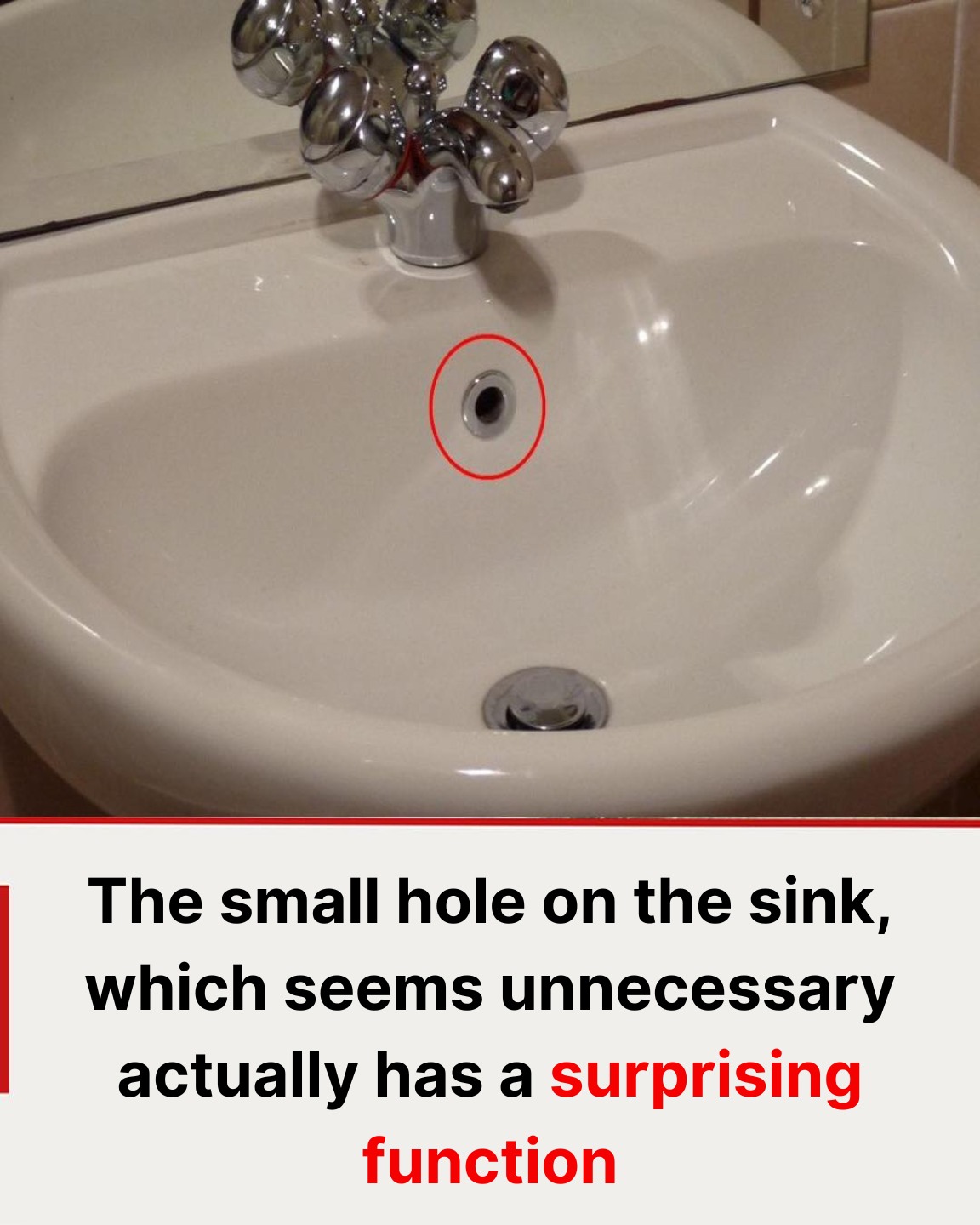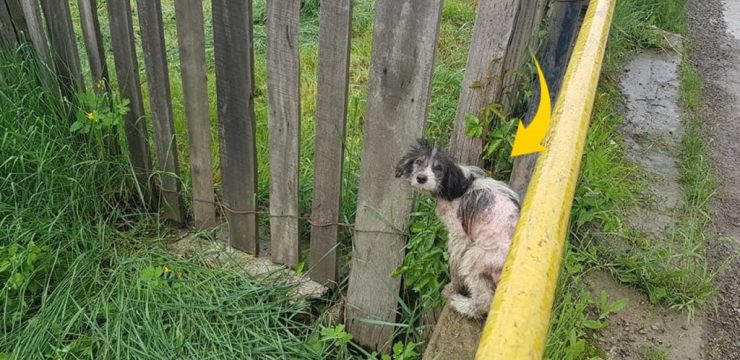Have you ever noticed the tiny hole near the faucet in your bathroom sink and wondered why it’s there? While it might look unimportant, this little feature, known as the overflow hole, serves a critical purpose. It’s a testament to the ingenuity of sink design, ensuring both safety and convenience in your bathroom. Here’s everything you need to know about its function and how to maintain it.

The Purpose of the Overflow Hole
The small hole you see, typically located about one-third of the way up the basin, is called an overflow hole. It’s connected to the sink’s drainage system and serves as a safeguard against water spills.
Here’s how it works:
- If you accidentally leave the faucet running, the water level in the sink will begin to rise.
- Once the water reaches the overflow hole, it diverts the excess water into the drainage pipe, preventing it from spilling onto your bathroom floor.
This simple yet effective design prevents potential water damage caused by distractions or forgetfulness. Without this feature, a momentary lapse in attention could result in a flooded bathroom and costly repairs.
The Downside of the Overflow Hole
While the overflow hole is incredibly useful, it has a hidden drawback: it’s prone to collecting dirt, bacteria, and even mold. Over time, this buildup can lead to unpleasant odors emanating from your sink, detracting from the cleanliness of your bathroom.
How to Clean the Overflow Hole and Eliminate Odors
If you’ve noticed a bad smell coming from your sink, the overflow hole could be the culprit. Cleaning it is straightforward and can make a significant difference in your bathroom’s freshness. Follow these steps for a quick and effective cleaning routine:
- Prepare a Cleaning Mixture:
Combine equal parts vinegar and baking soda in a small container. This natural cleaner dissolves dirt, bacteria, and mold effectively. - Apply the Mixture:
Pour the solution directly into the overflow hole. The bubbling reaction will help break down grime and tackle hard-to-reach areas inside the pipe. - Let It Sit:
Allow the mixture to work for 5 to 10 minutes. This gives the solution enough time to dissolve stubborn buildup. - Flush with Warm Water:
Rinse the overflow hole thoroughly by pouring warm water into it. This step removes any remaining residue and ensures the pipes are clean.
With this easy method, you can eliminate odors and maintain a hygienic bathroom sink.
Tips for Keeping Your Bathroom Sink Fresh and Functional
To ensure your sink remains in top shape, consider incorporating these additional maintenance tips into your routine:
- Clean Regularly: Make it a habit to clean the overflow hole every few weeks to prevent dirt and bacteria from accumulating.
- Check for Clogs: Inspect the main drain regularly for clogs or slow drainage, as these issues can contribute to odors and reduce sink efficiency.
- Use Natural Cleaners: Vinegar and baking soda are eco-friendly, effective, and safe for both your sink and the environment.
Why the Overflow Hole Matters
The overflow hole might seem insignificant, but it plays a vital role in protecting your home from water damage. Its clever design prevents overflows, making your sink not just functional but smarter and safer. However, neglecting this feature can lead to unpleasant smells and hygiene concerns.
By including the overflow hole in your cleaning routine, you can ensure your bathroom stays fresh and inviting. The next time you spot this often-overlooked feature, you’ll appreciate it as a small yet ingenious detail that enhances the design and utility of your sink.





